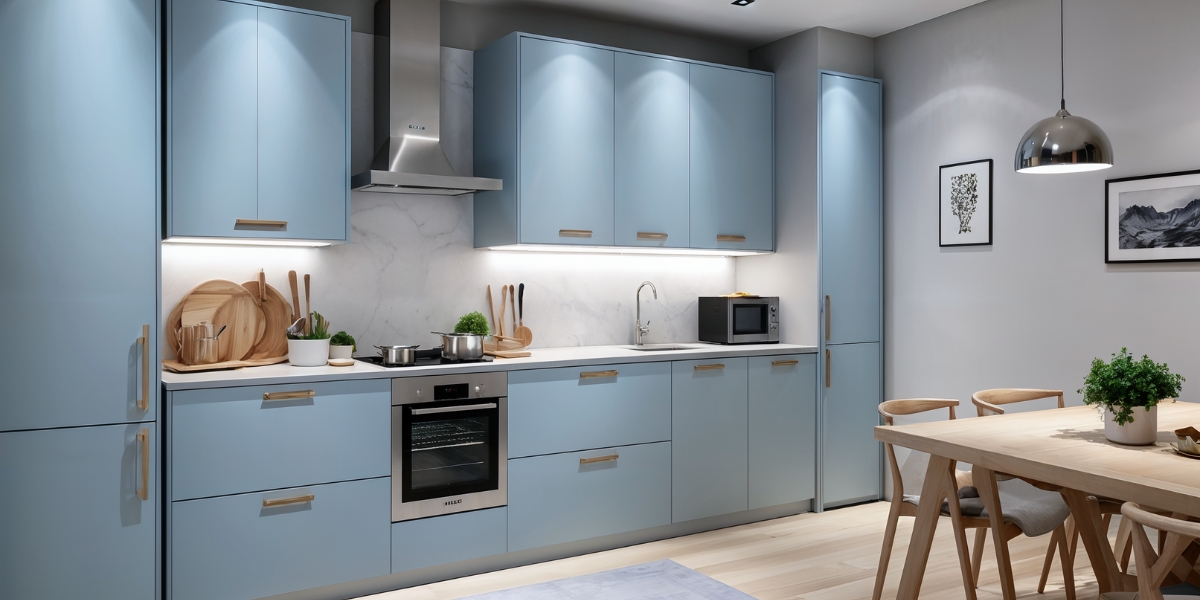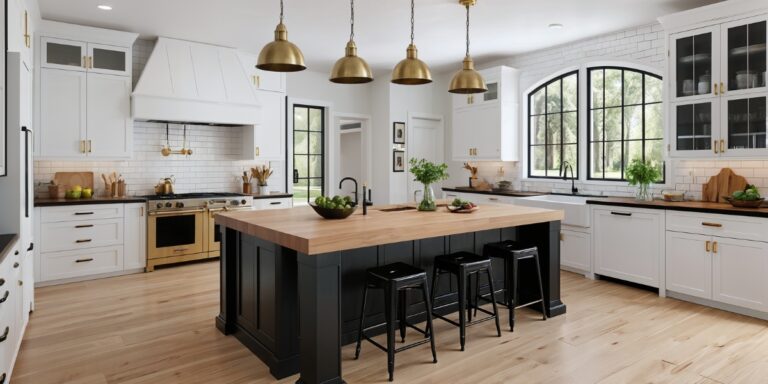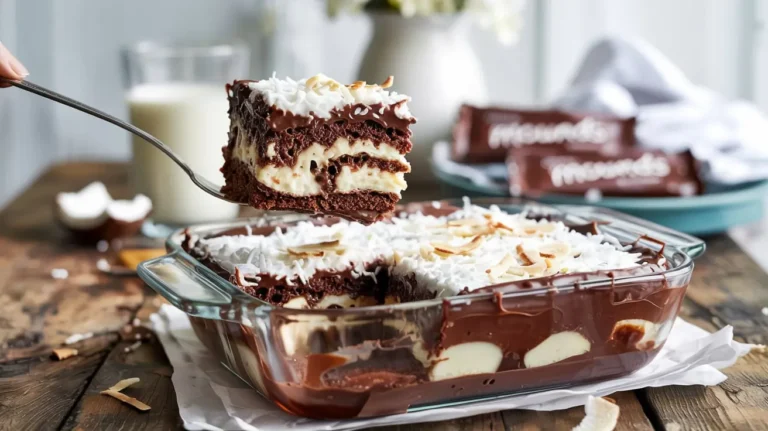In my experience working with homeowners on kitchen renovation projects, I’ve observed that Nordic-inspired kitchen design often emphasizes simplicity, functionality, and efficient use of space while incorporating natural materials and clean aesthetic lines. Through various Scandinavian-style kitchen consultations, I’ve learned that successful Nordic kitchen design typically balances minimalist principles with practical cooking and storage needs.
Note: For any structural modifications, electrical work, or installations mentioned in this article, always consult with licensed professionals to ensure safety and code compliance.
What makes Nordic kitchen design particularly appealing is its ability to create serene, organized cooking environments that promote both functionality and visual calm. I’ve found that homeowners often choose Scandinavian design principles because they typically provide the uncluttered atmosphere that makes kitchens feel spacious and peaceful while supporting efficient meal preparation.
The key to successful Nordic kitchen design often lies in selecting natural materials, neutral color palettes, and streamlined storage solutions that maximize both beauty and practicality. Effective Scandinavian kitchen solutions typically incorporate energy-efficient appliances, sustainable materials, and layouts that enhance workflow while maintaining visual simplicity.
Here are 17 approaches for Nordic kitchen design that often work well in different home styles and sizes, based on observations from various Scandinavian-inspired renovation projects.
1. Natural Light Maximization Design
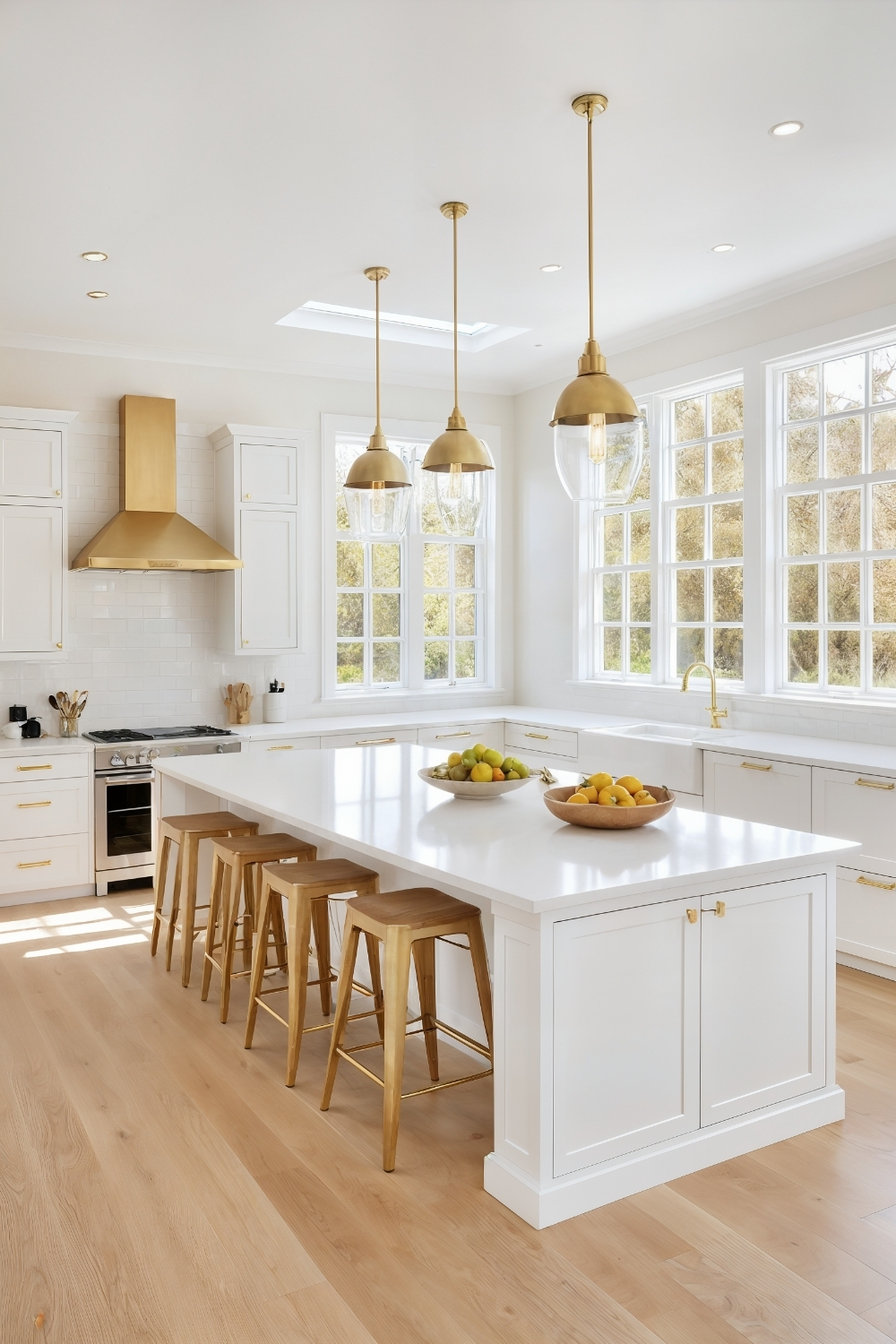
This brightness-focused approach often appeals to homeowners wanting sun-filled cooking spaces with expansive window integration. Large window installations paired with light wood tones typically create the bright foundation enhanced by central island placement and creamy white color schemes.
Design consideration: Expansive windows often require energy-efficient glazing while central islands need proper electrical and plumbing planning for functionality.
Practical benefit: Natural light maximization often reduces daytime electrical needs while creating the cheerful atmosphere that makes kitchens feel welcoming and energizing.
2. Minimalist Baking Focus
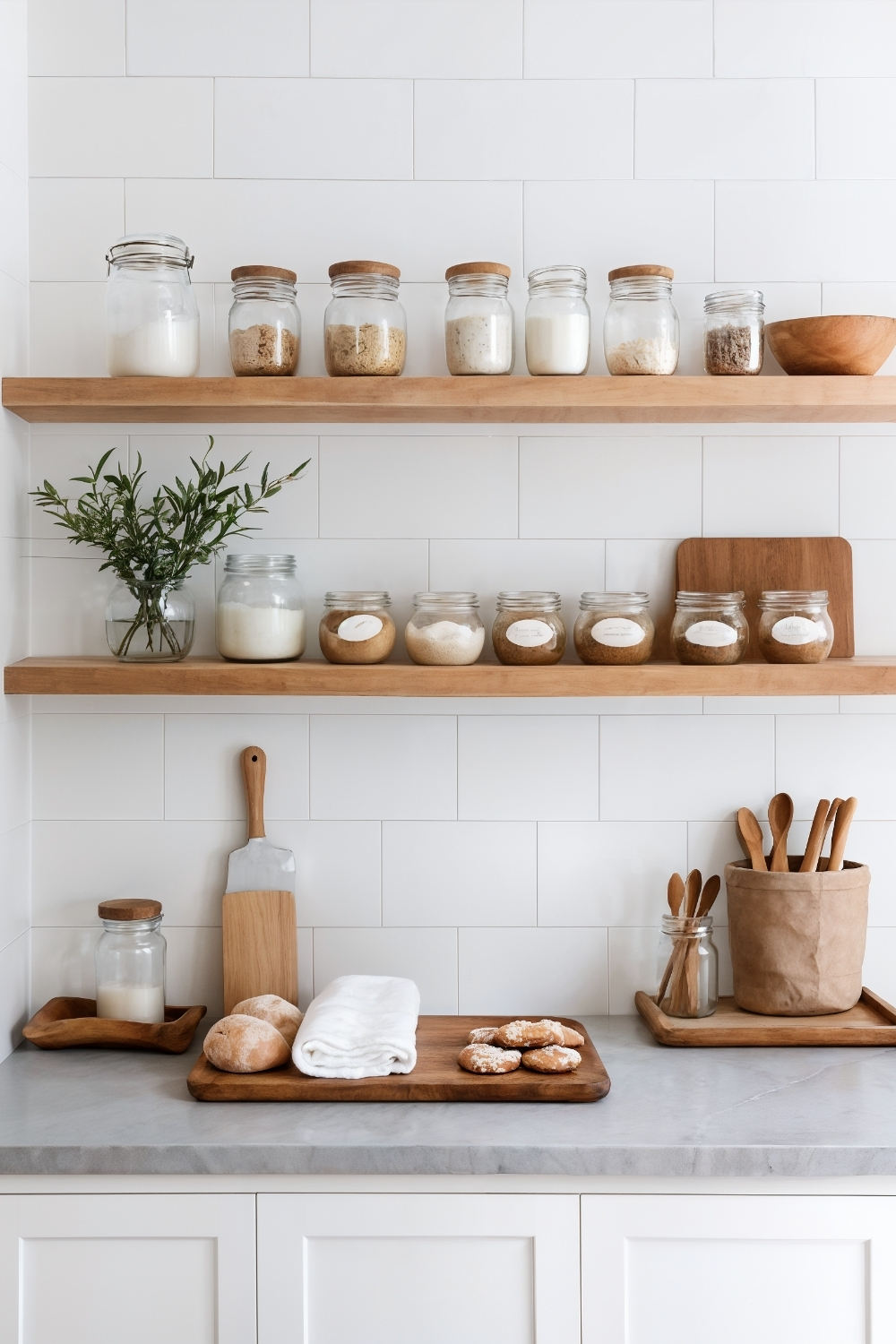
This specialty approach often appeals to homeowners wanting dedicated baking spaces with serene, uncluttered aesthetics. Soft gray color schemes paired with low-profile cabinetry typically create the peaceful foundation enhanced by stone countertops and minimal visual distractions.
Design consideration: Specialized baking areas often require additional electrical outlets while stone surfaces need proper sealing for food preparation safety.
Practical benefit: Focused baking spaces often improve workflow efficiency while creating the calm environment that supports concentrated culinary activities.
3. Rustic Modern Integration
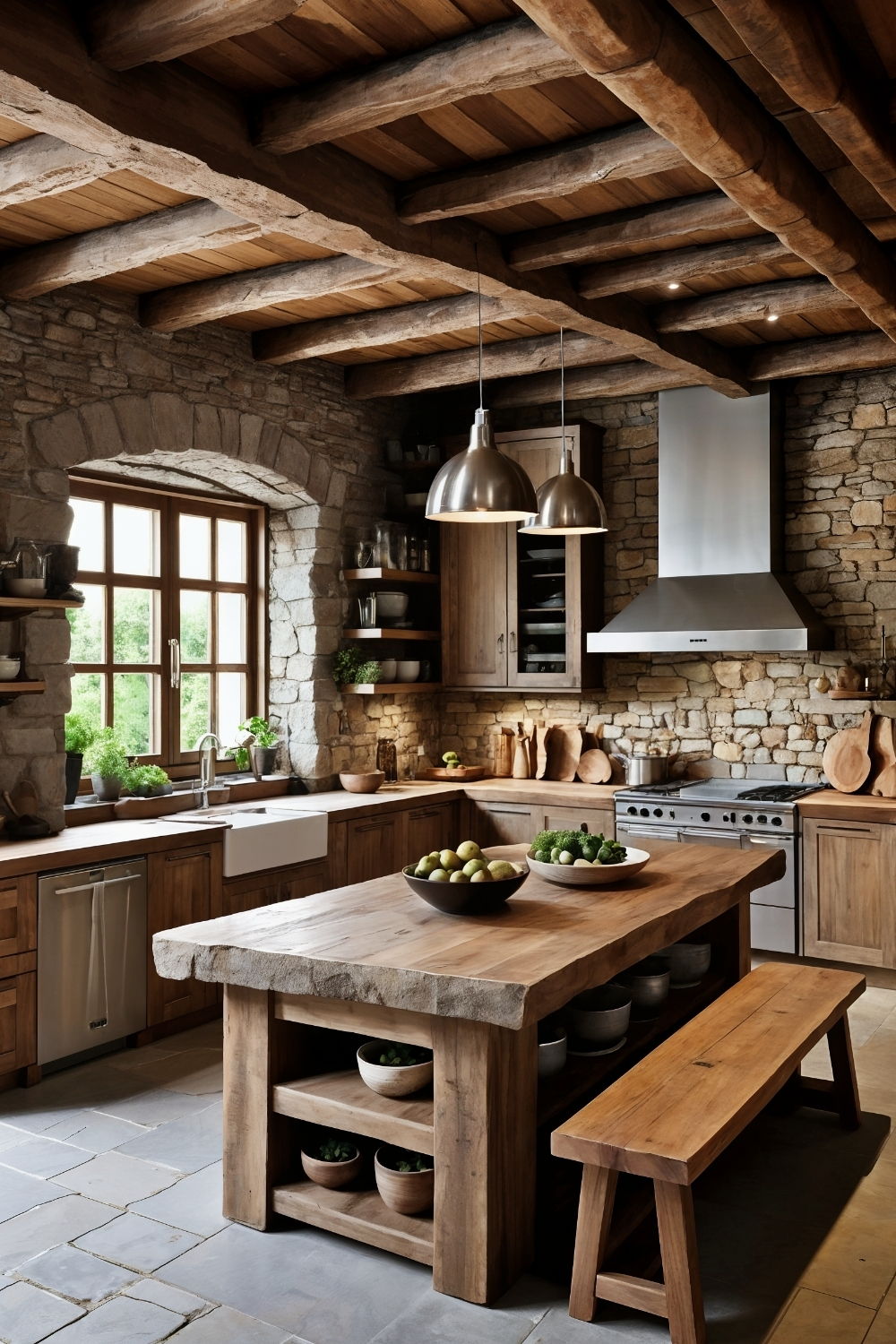
This traditional-contemporary approach often appeals to homeowners wanting Nordic heritage aesthetics with modern functionality. Heavy timber elements paired with contemporary appliances typically create the robust foundation enhanced by natural stone accents and spacious entertaining layouts.
Design consideration: Heavy timber construction often requires structural support while modern appliance integration needs proper ventilation and electrical capacity.
Practical benefit: Rustic modern design often provides the authentic Nordic character while incorporating contemporary conveniences that support efficient cooking and entertaining.
4. Soft White Palette Design
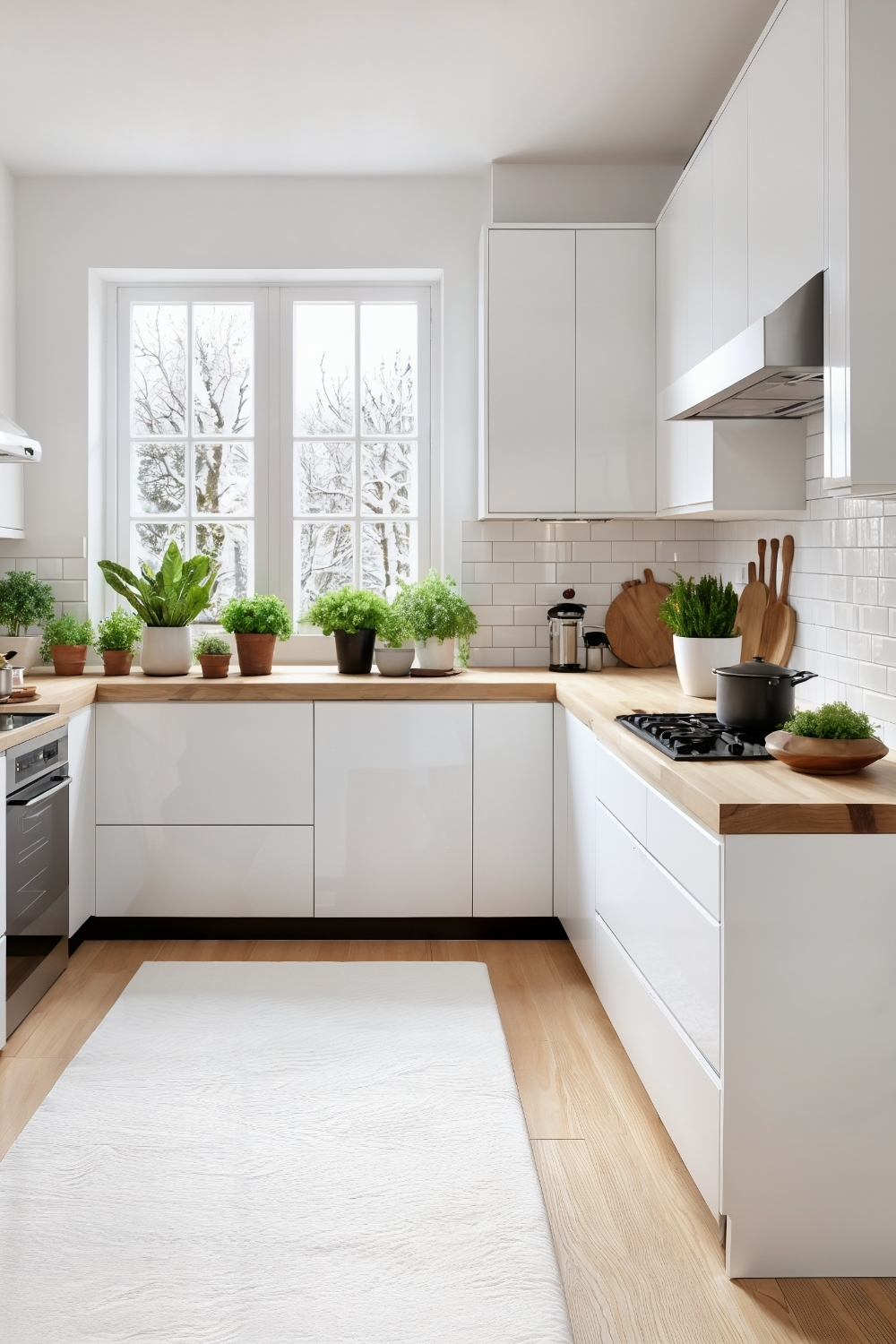
This serene approach often appeals to homeowners wanting peaceful, refined cooking environments with space-enhancing color schemes. Muted white palettes paired with pale wood tones typically create the tranquil foundation enhanced by reflective surfaces and subtle texture variations.
Design consideration: Light color schemes often require careful material selection for durability while reflective surfaces need regular maintenance to preserve appearance.
Practical benefit: Soft white design often makes spaces appear larger while creating the calm atmosphere that promotes relaxed cooking and meal preparation.
5. Natural Wood Emphasis
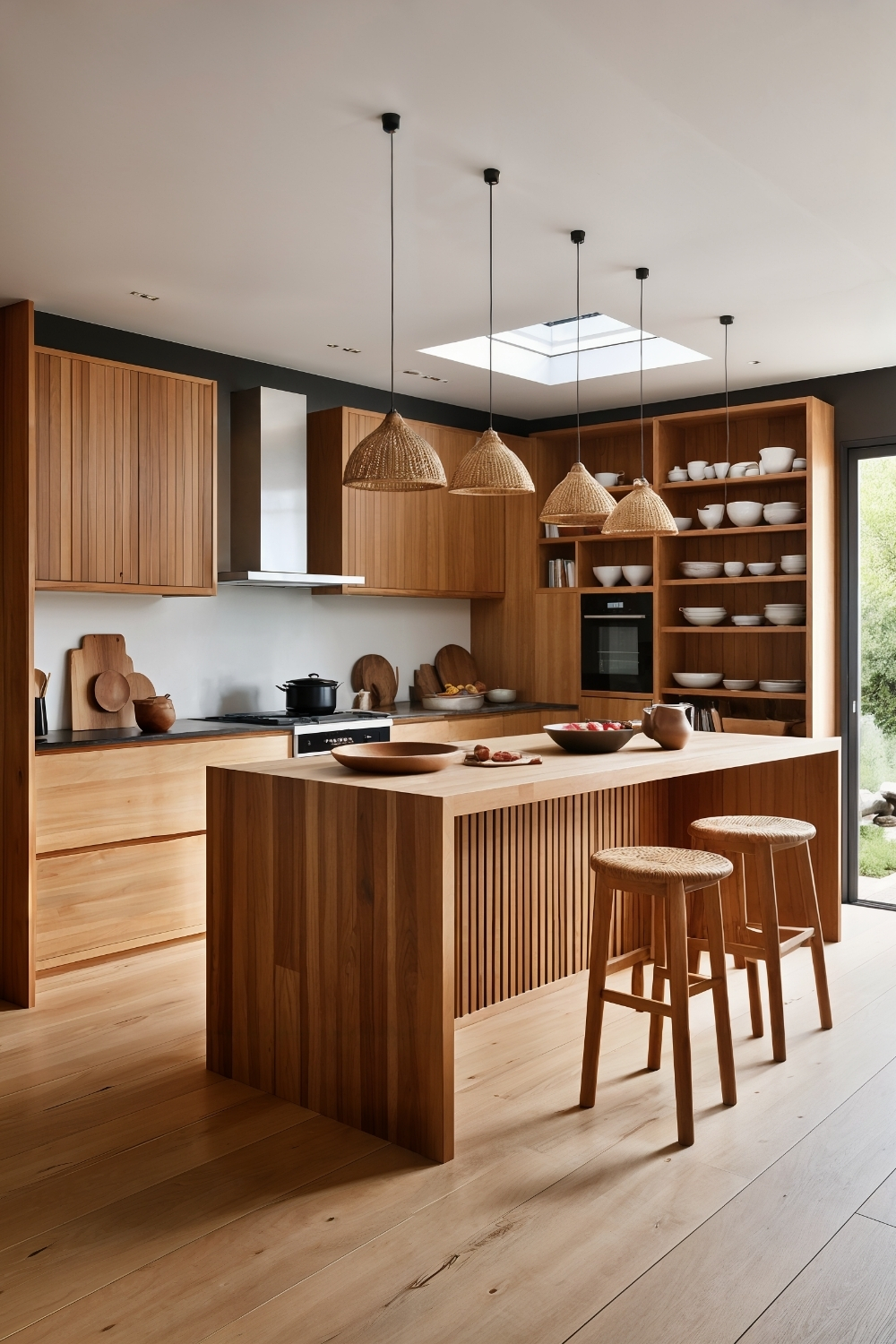
This material-focused approach often appeals to homeowners wanting warm, inviting kitchens with authentic wood character. All-wood cabinetry paired with natural wood architectural details typically creates the cozy foundation enhanced by rich, earthy color tones and modern appliance integration.
Design consideration: Extensive wood use often requires proper finishing for kitchen environments while appliance integration needs careful planning to maintain aesthetic continuity.
Practical benefit: Natural wood design often provides the warm, homey atmosphere while incorporating durable materials that age gracefully with proper maintenance.
6. Compact Efficiency Focus
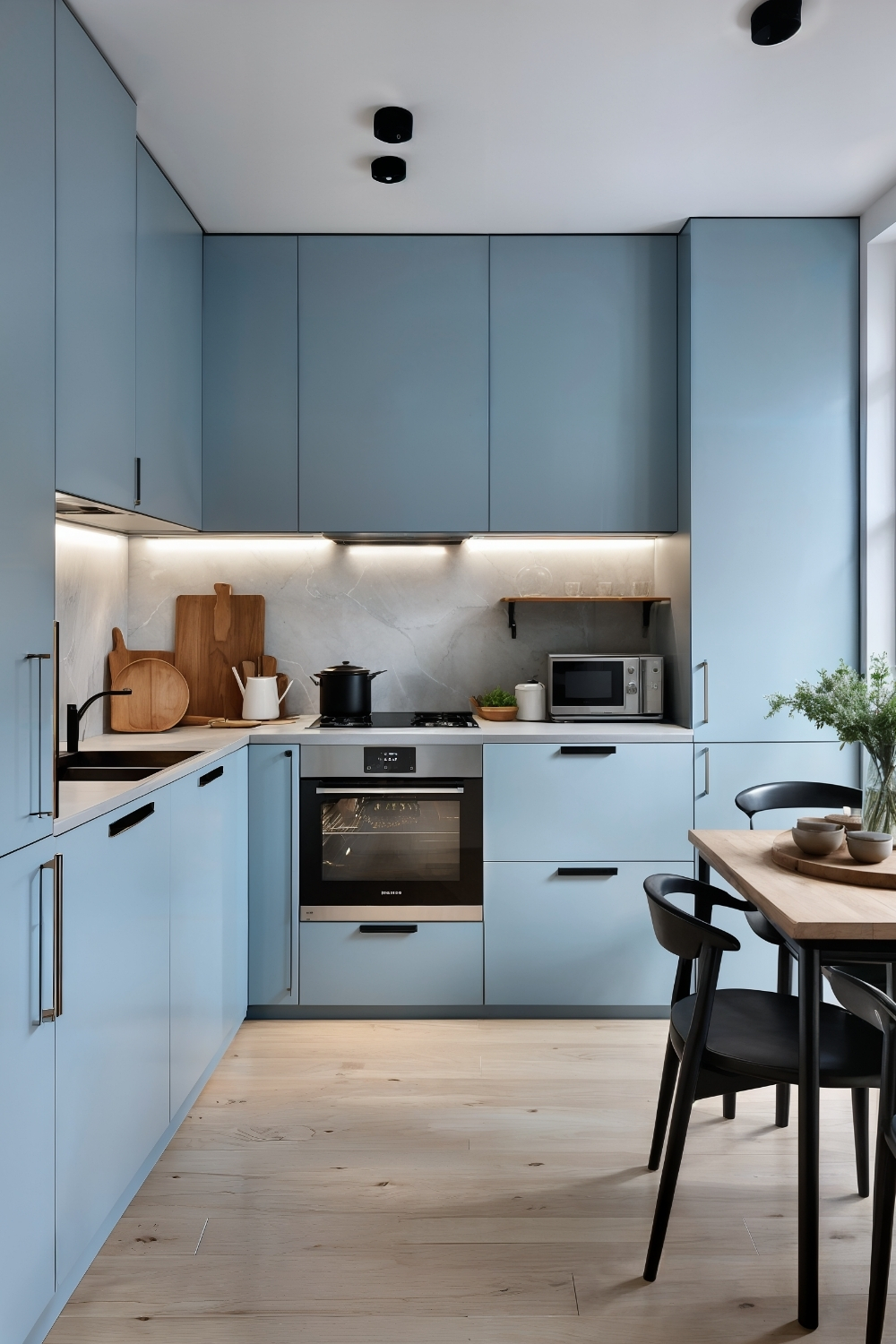
This space-maximizing approach often appeals to homeowners wanting full functionality in smaller kitchen areas. Space-saving appliances paired with efficient storage solutions typically create the practical foundation enhanced by cool color palettes and metallic accent elements.
Design consideration: Compact kitchens often require careful appliance sizing while efficient storage needs precise measurement and custom solutions.
Practical benefit: Compact design often maximizes limited space while providing the complete functionality needed for everyday cooking and meal preparation.
7. Contemporary Minimalist Style
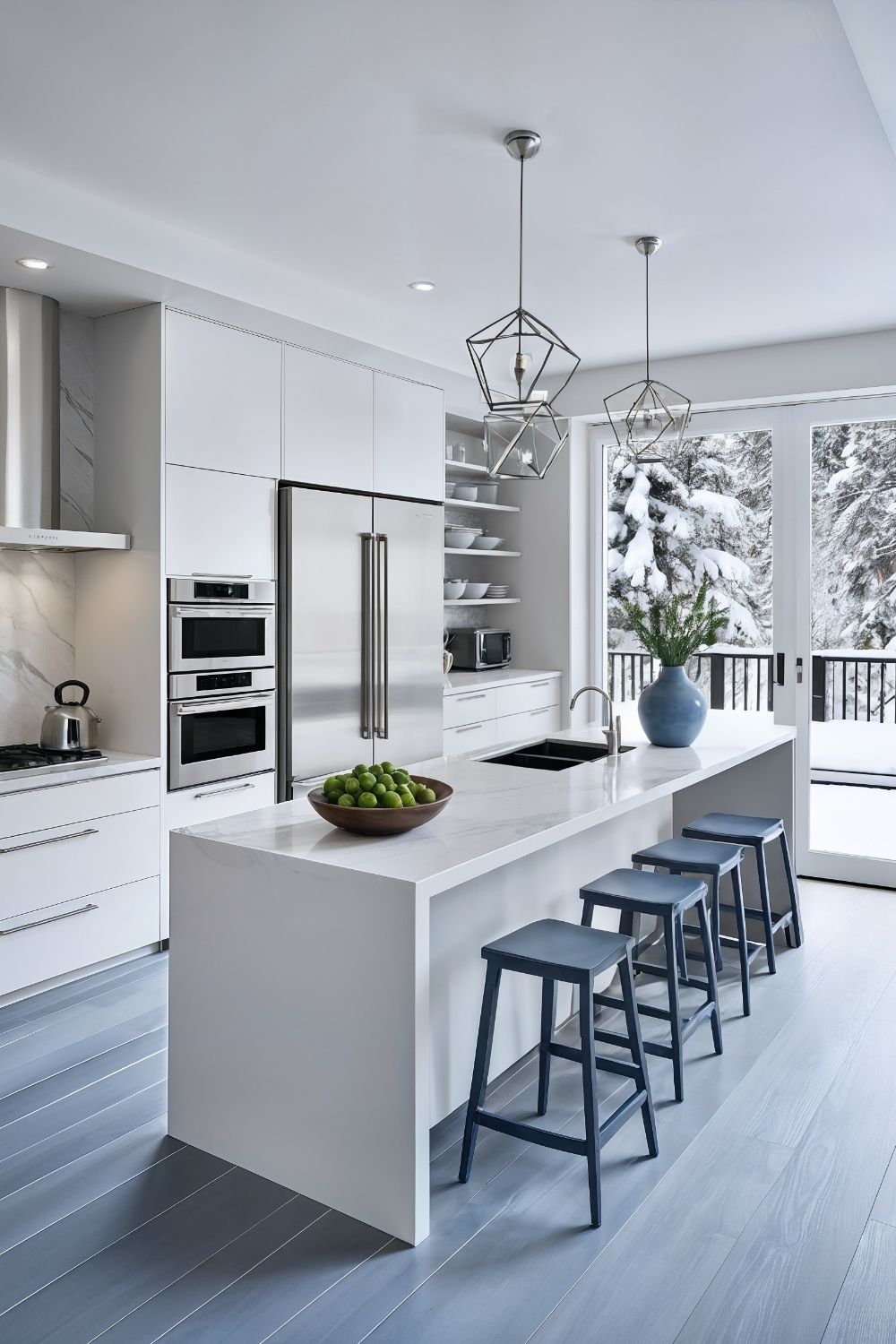
This sleek approach often appeals to homeowners wanting modern aesthetics with Nordic simplicity. High-gloss surfaces paired with monochromatic color schemes typically create the contemporary foundation enhanced by subtle color accents and smooth material finishes.
Design consideration: High-gloss finishes often require regular maintenance while monochromatic schemes need texture variation to avoid visual monotony.
Practical benefit: Contemporary minimalist design often creates the sophisticated atmosphere while incorporating easy-care surfaces that support busy modern lifestyles.
8. Cozy Evening Atmosphere
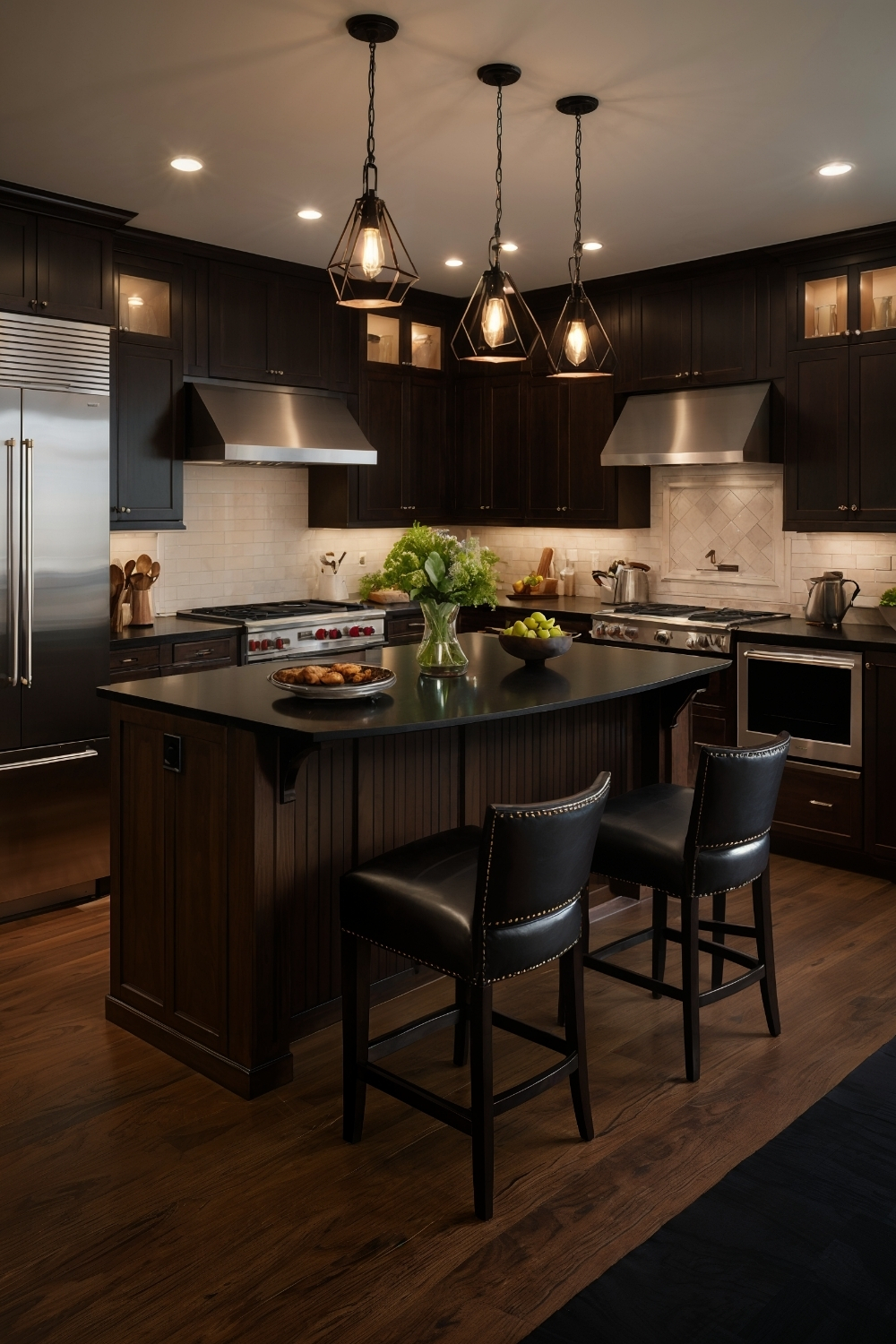
This warmth-focused approach often appeals to homeowners wanting intimate cooking spaces with rich, comfortable aesthetics. Deep color palettes paired with layered lighting systems typically create the cozy foundation enhanced by plush seating elements and luxurious material choices.
Design consideration: Dark color schemes often require additional artificial lighting while layered lighting needs proper electrical planning and dimming controls.
Practical benefit: Cozy atmospheric design often creates the intimate environment ideal for leisurely cooking while providing comfortable spaces for extended meal preparation.
9. Sustainable Natural Integration
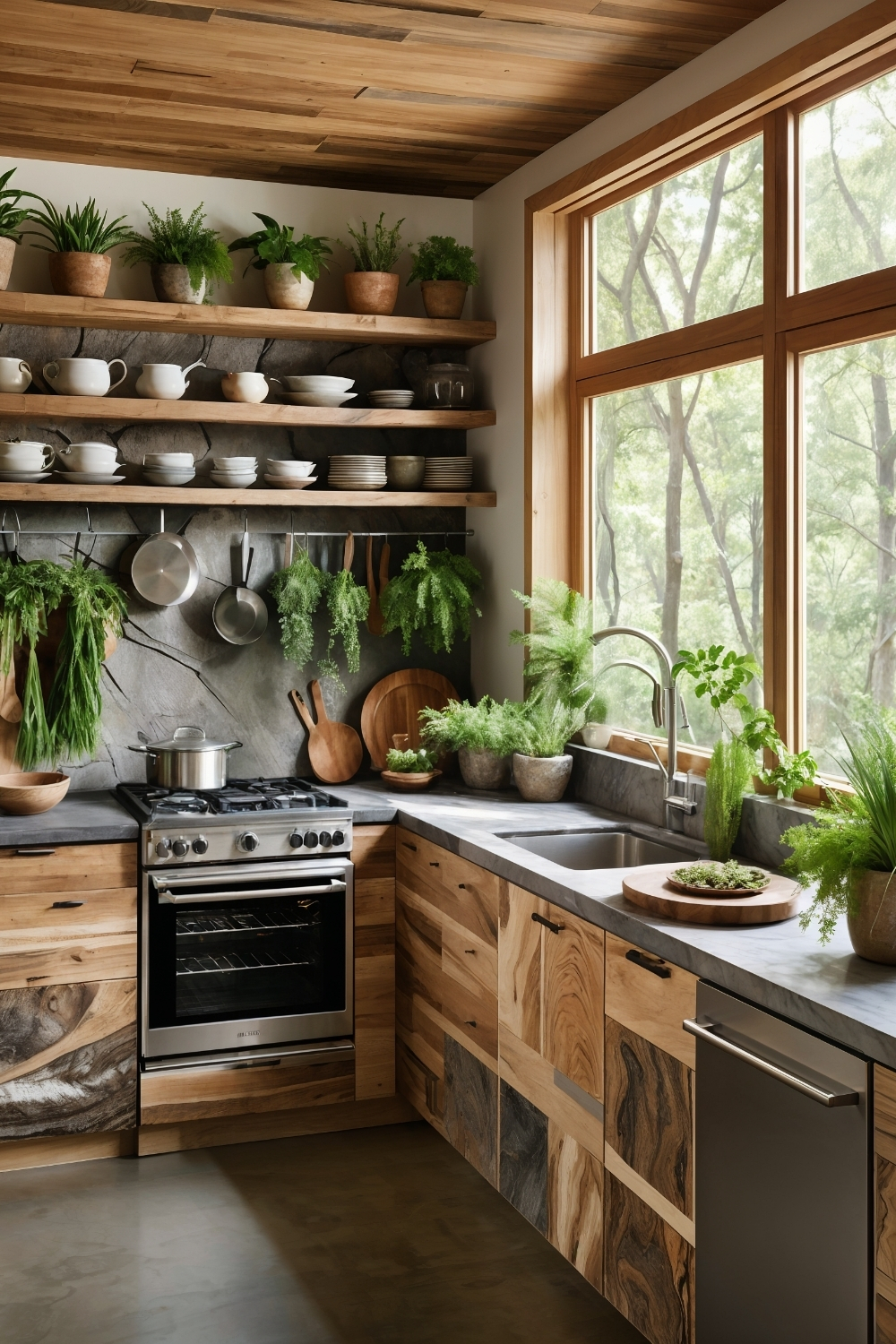
This eco-conscious approach often appeals to homeowners wanting environmentally responsible kitchens with natural connections. Recycled materials paired with live plant integration typically create the sustainable foundation enhanced by open layouts and natural material selections.
Design consideration: Sustainable materials often require verification of environmental claims while live plants need adequate light and proper drainage systems.
Practical benefit: Eco-friendly design often reduces environmental impact while creating the healthy indoor environment that supports wellness and sustainability values.
10. Atmospheric Evening Design
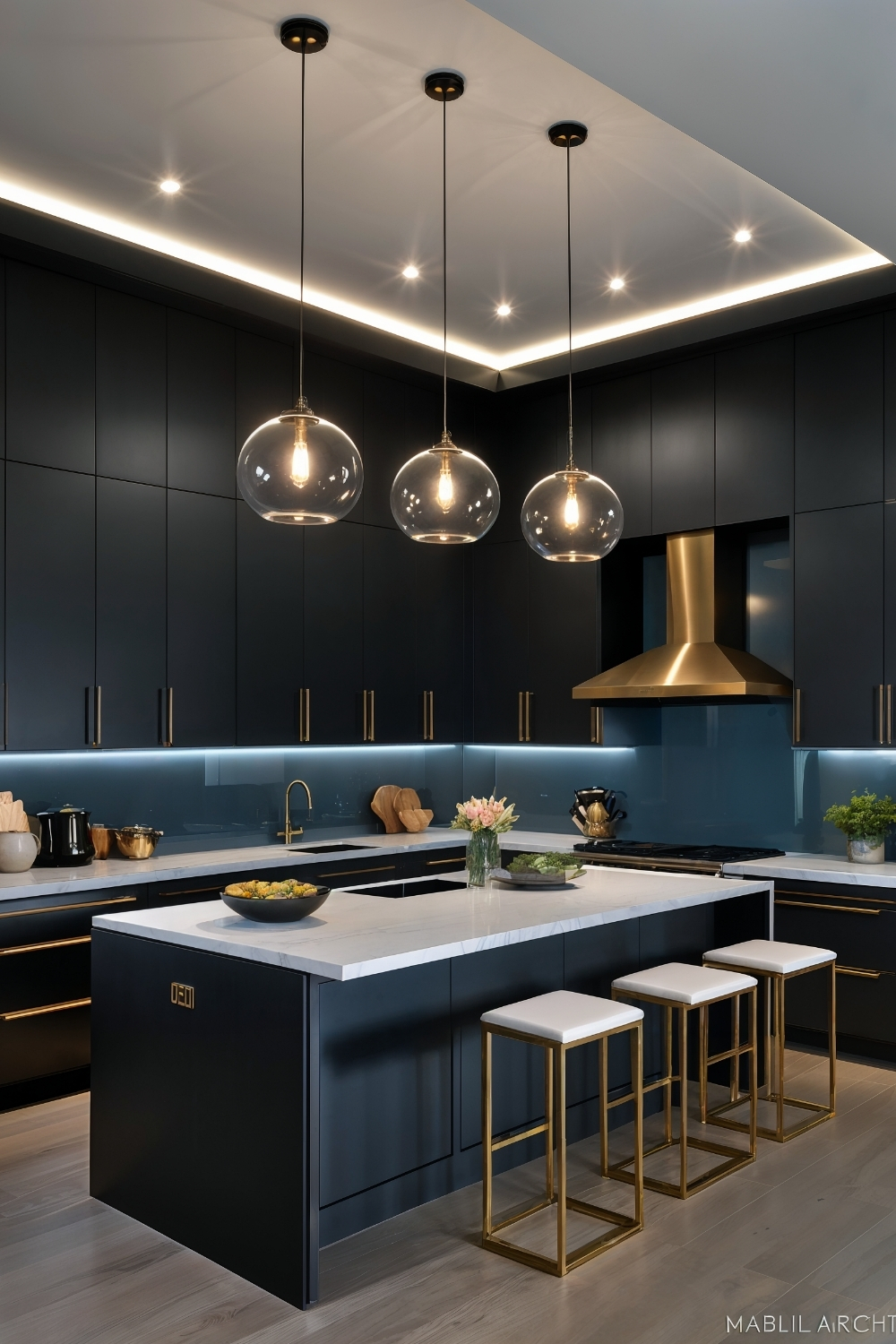
This mood-focused approach often appeals to homeowners wanting sophisticated cooking spaces with dramatic lighting effects. Muted color palettes paired with ambient lighting systems typically create the mysterious foundation enhanced by metallic accents and integrated appliance design.
Design consideration: Ambient lighting often requires multiple circuits and controls while integrated appliances need proper ventilation and service access.
Practical benefit: Atmospheric design often creates the sophisticated evening environment while providing the flexible lighting that adapts to different activities and moods.
11. Forest-Inspired Natural Design
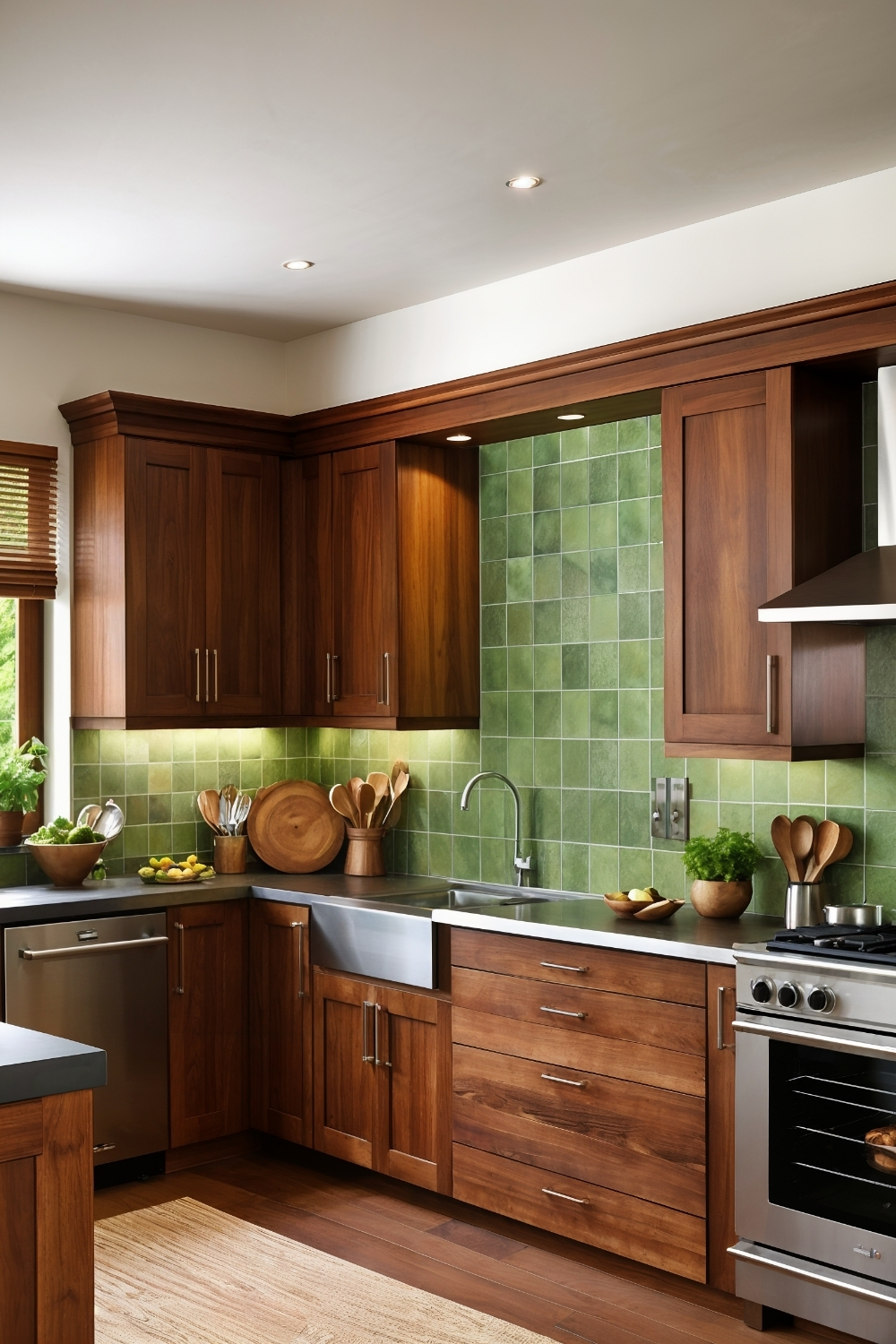
This organic approach often appeals to homeowners wanting nature-connected kitchens with rich wood aesthetics. Natural wood cabinetry paired with green accent elements typically create the tranquil foundation enhanced by organic materials and modern appliance integration.
Design consideration: Rich wood finishes often require proper sealing for kitchen environments while green accents need color coordination for visual harmony.
Practical benefit: Forest-inspired design often creates the peaceful atmosphere while incorporating natural materials that provide authentic connections with outdoor environments.
12. Serene White Minimalism
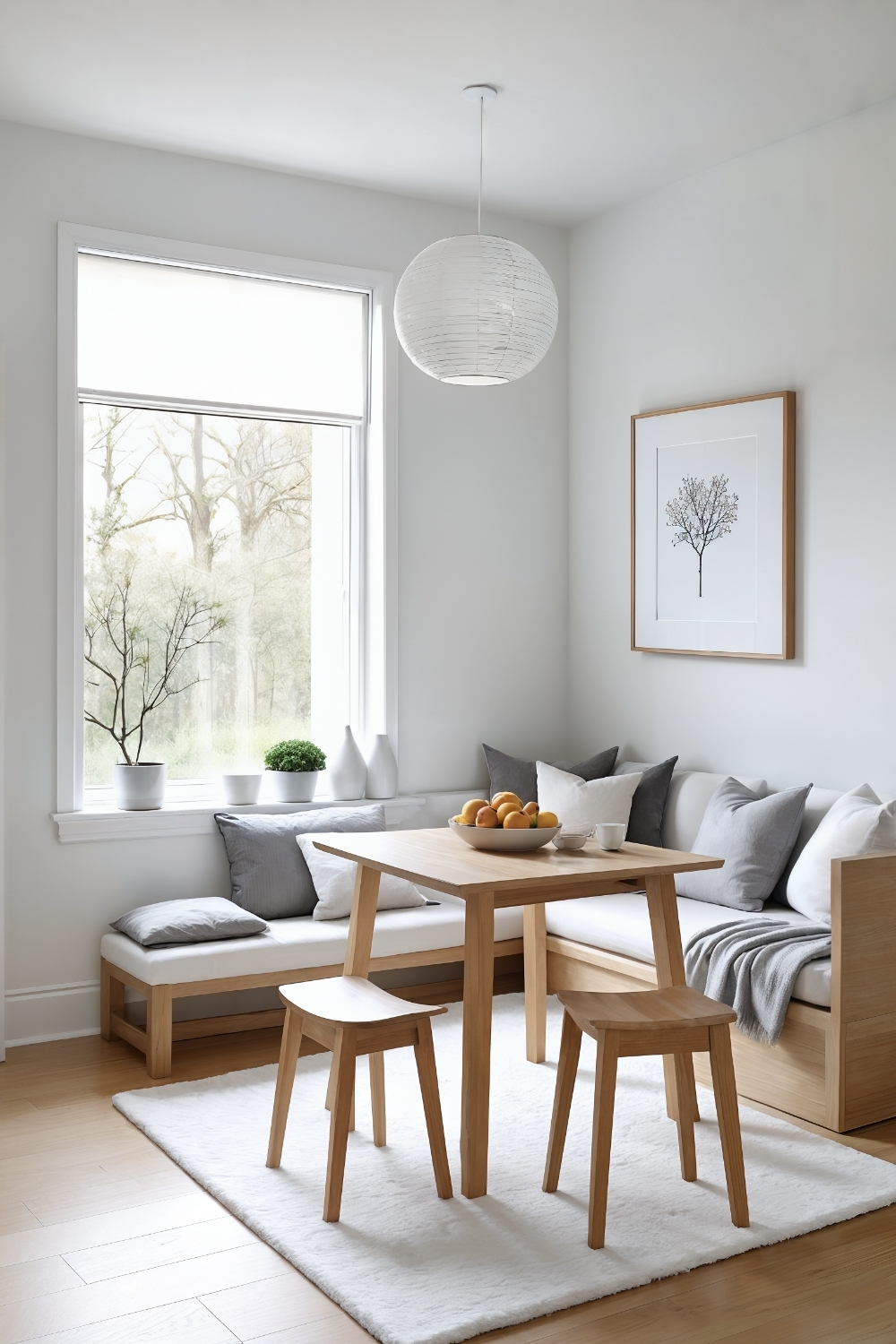
This calm-focused approach often appeals to homeowners wanting peaceful cooking spaces with clean, bright aesthetics. Clean white lines paired with cool gray accents typically create the serene foundation enhanced by high-gloss reflective surfaces and warm wood details.
Design consideration: White minimalist design often requires careful material selection for stain resistance while reflective surfaces need regular maintenance for optimal appearance.
Practical benefit: Serene minimalism often creates the peaceful retreat atmosphere while providing the bright, organized environment that supports efficient cooking workflows.
13. Coastal-Inspired Organization
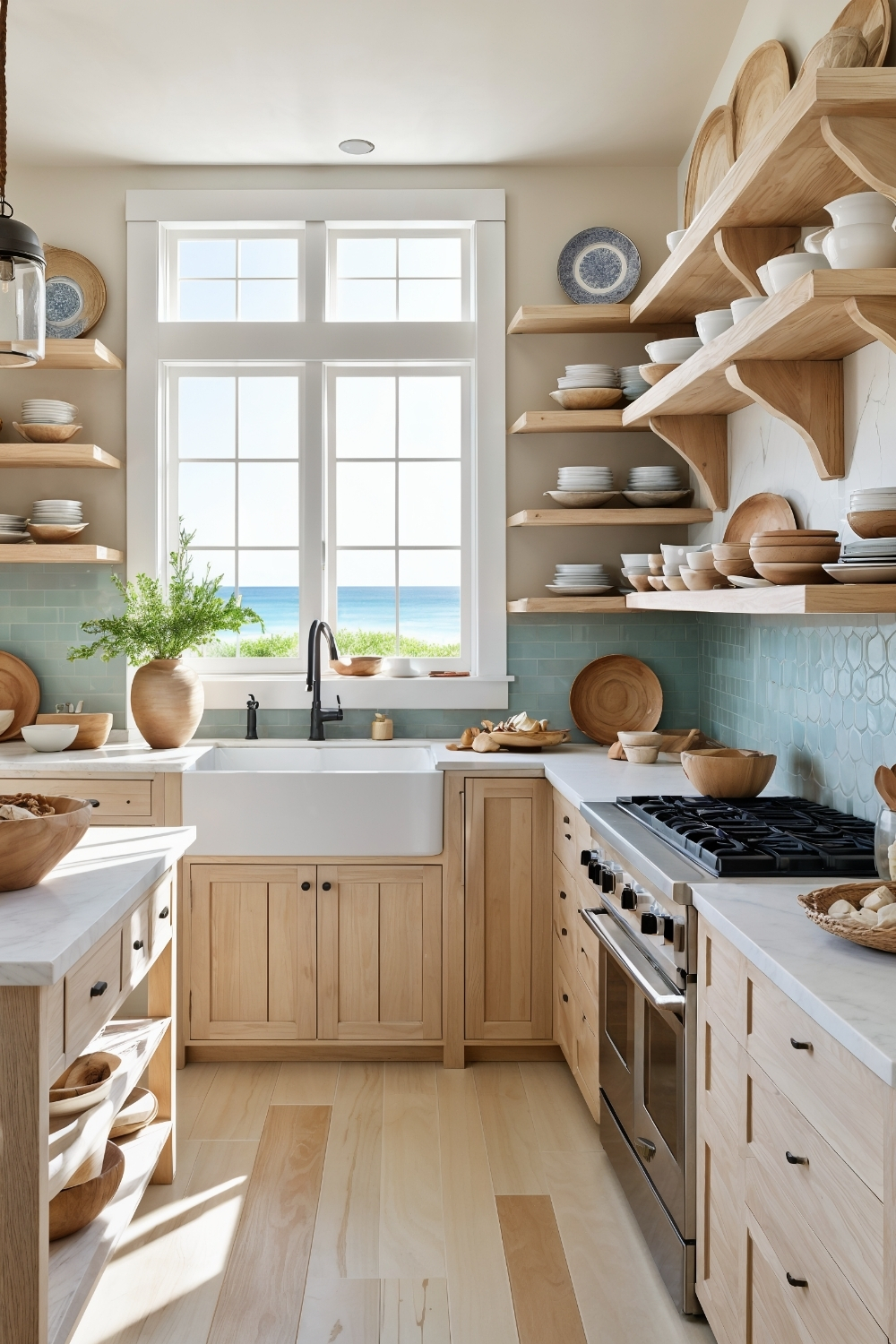
This maritime approach often appeals to homeowners wanting relaxed, organized kitchens with coastal aesthetic elements. Sandy color tones paired with driftwood finishes typically create the coastal foundation enhanced by open shelving displays and practical storage solutions.
Design consideration: Open shelving often requires dust management while coastal materials need treatments for kitchen humidity and temperature variations.
Practical benefit: Coastal-inspired design often creates the relaxed atmosphere while incorporating the organized storage that keeps kitchen essentials easily accessible.
14. Vibrant Social Design
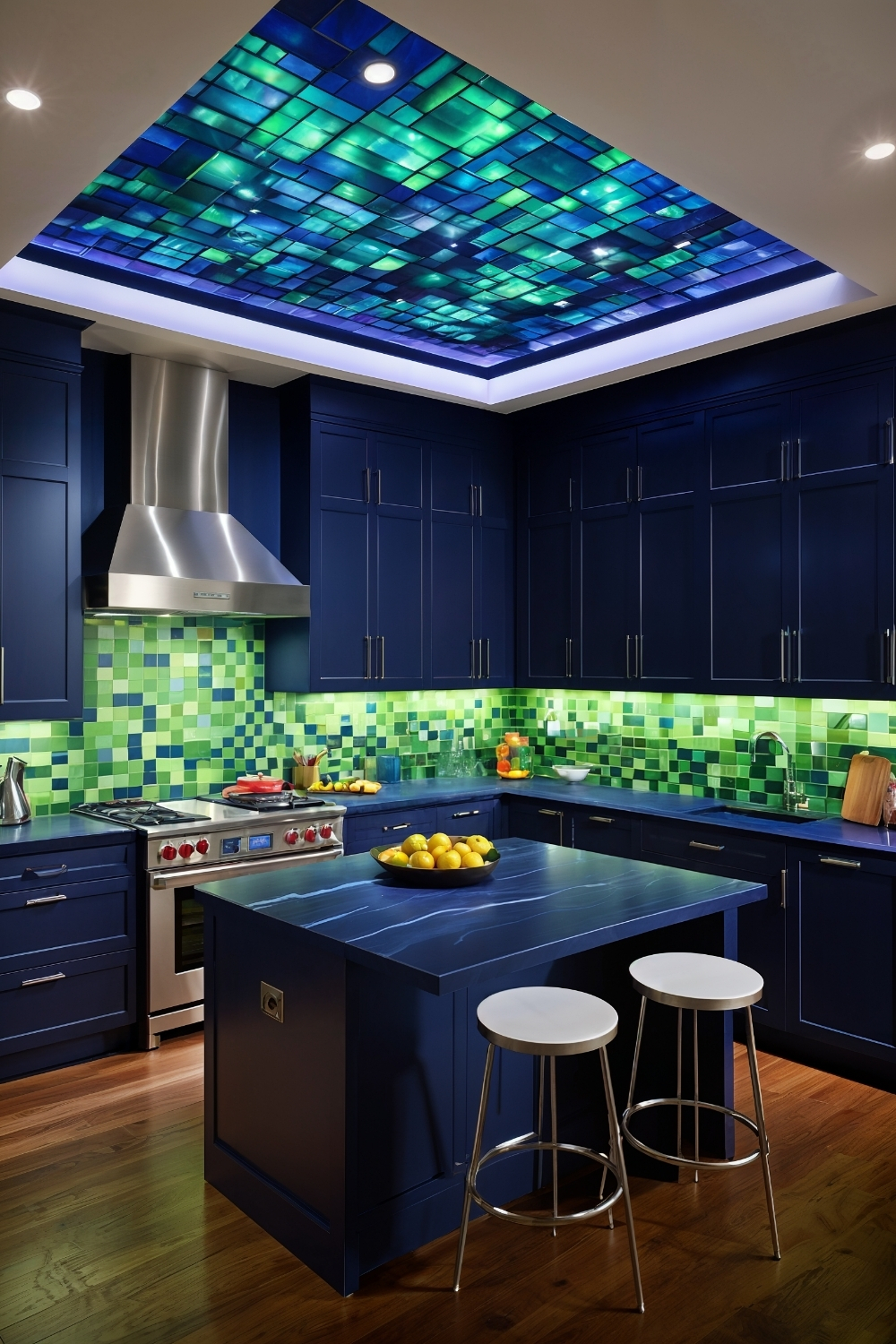
This energy-focused approach often appeals to homeowners wanting lively cooking spaces with entertaining capabilities. Dark backdrop colors paired with colorful accent elements typically create the dynamic foundation enhanced by innovative lighting and central island focal points.
Design consideration: Vibrant color schemes often require careful balance while innovative lighting needs proper electrical planning and energy-efficient fixtures.
Practical benefit: Social kitchen design often encourages family gathering while creating the visually stimulating environment that makes cooking feel energizing and fun.
15. Modern Minimalist Studio
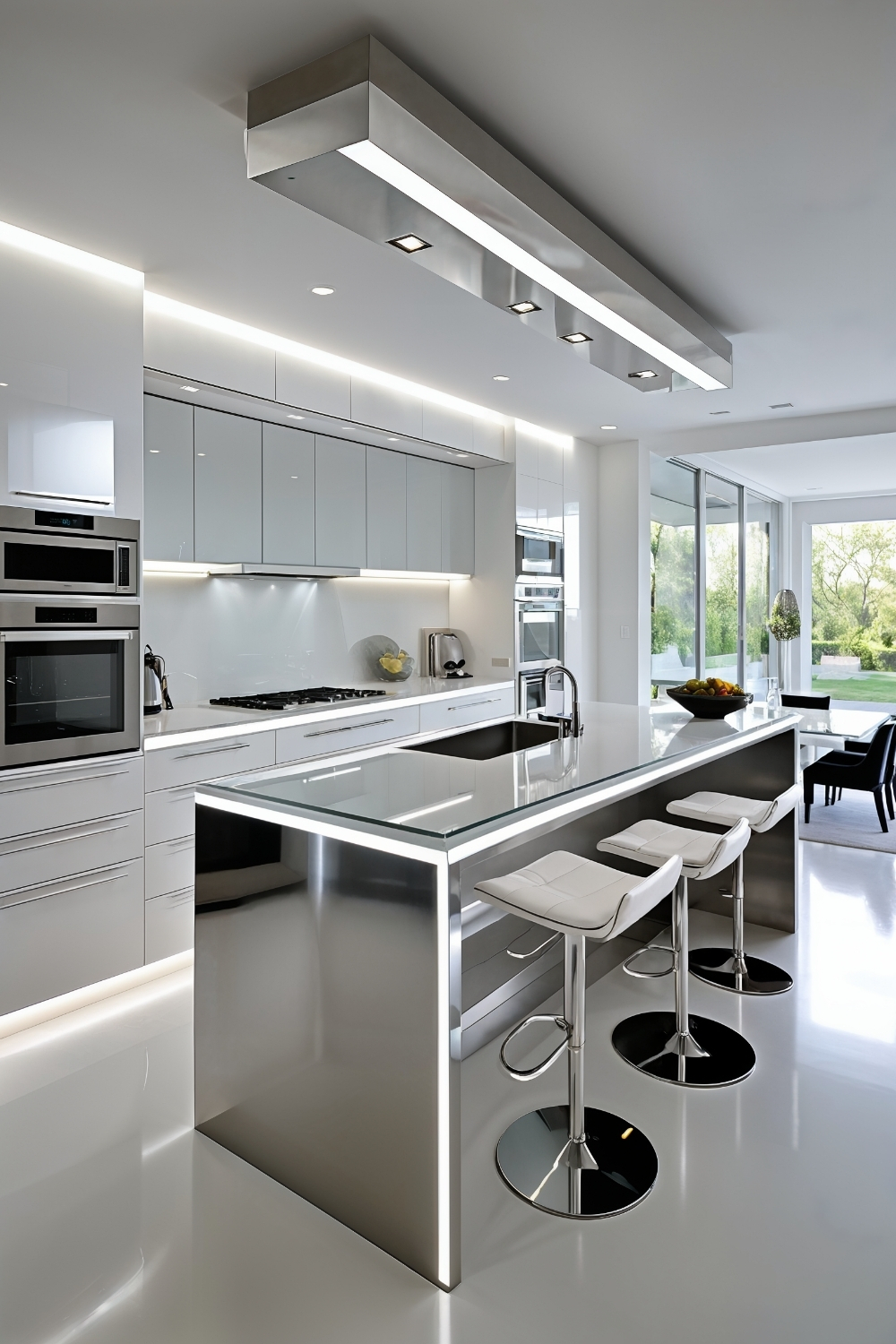
This professional approach often appeals to homeowners wanting sleek, efficient cooking spaces with cutting-edge aesthetics. Transparent materials paired with monochromatic color schemes typically create the minimalist foundation enhanced by innovative storage and professional-grade appliances.
Design consideration: Transparent materials often require special cleaning while professional appliances need adequate ventilation and electrical capacity.
Practical benefit: Studio-style design often provides the professional cooking environment while incorporating the organized efficiency that supports serious culinary activities.
16. Communal Gathering Focus
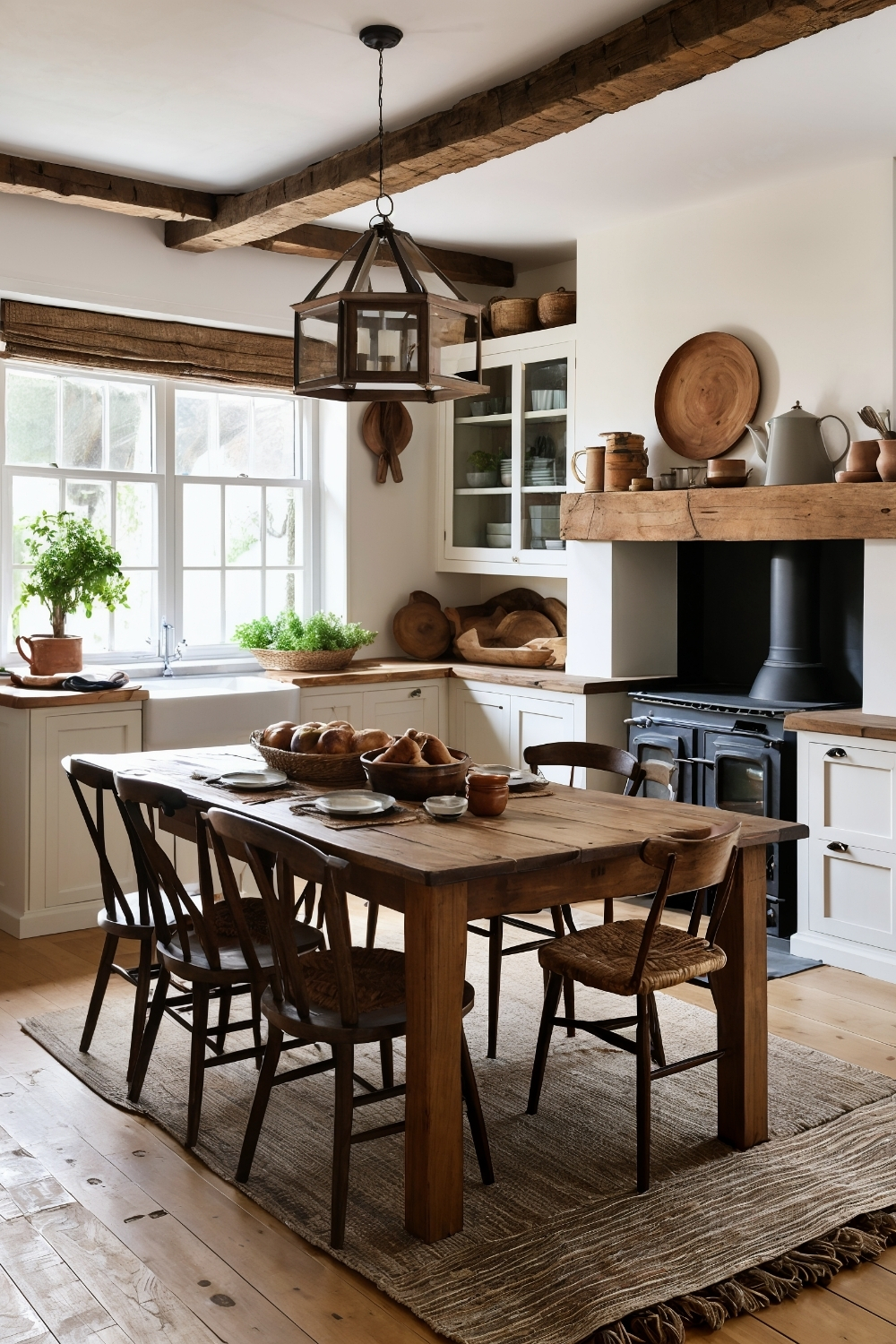
This social approach often appeals to homeowners wanting family-centered kitchens with warm, welcoming aesthetics. Warm white palettes paired with rustic earth tones typically create the communal foundation enhanced by large gathering tables and cozy heating elements.
Design consideration: Large gathering spaces often require open floor plans while heating elements need proper clearances and safety considerations.
Practical benefit: Communal design often encourages family interaction while creating the welcoming atmosphere that makes kitchens the heart of home social activity.
17. Nature-Inspired Calm Design
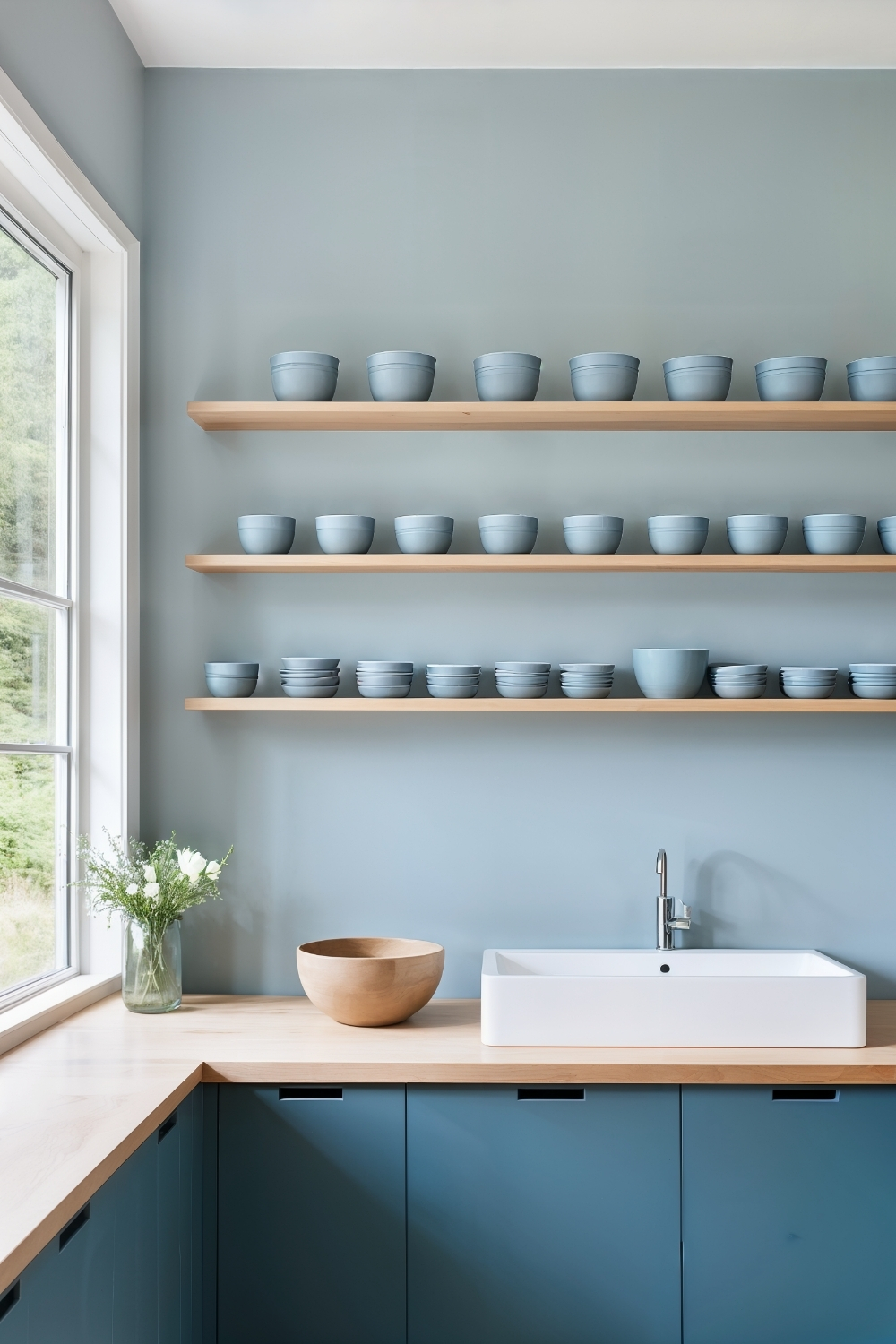
This tranquil approach often appeals to homeowners wanting peaceful cooking spaces with natural color connections. Cool blue color schemes paired with natural wood accents typically create the serene foundation enhanced by open shelving displays and abundant natural light.
Design consideration: Blue color schemes often require warm accent balance while open shelving needs organized display planning for visual appeal.
Practical benefit: Nature-inspired design often creates the calming atmosphere while incorporating the natural connections that make kitchens feel restorative and peaceful.
Planning Nordic Kitchen Renovations
When planning Scandinavian-inspired kitchen renovations, several practical considerations often influence successful outcomes. Space planning typically requires careful measurement and workflow analysis to ensure efficient cooking triangles and adequate storage within minimalist design constraints.
Material selection frequently balances aesthetic preferences with practical durability requirements including moisture resistance, stain protection, and maintenance needs. Many Nordic kitchen projects benefit from phased renovation approaches that allow for testing design elements before completing full installations.
Budget considerations often prioritize quality natural materials and energy-efficient appliances that provide long-term value through durability and operating efficiency. Timeline planning frequently accounts for custom millwork and specialty materials that may require extended lead times.
Professional consultation often proves valuable for complex elements including lighting design, ventilation systems, and structural modifications needed to achieve open Nordic layouts while maintaining building code compliance.
Remember: For any structural modifications, electrical work, plumbing changes, or ventilation installations related to Nordic kitchen design, always consult with licensed professionals to ensure proper installation, safety, and code compliance.

